Arts Menu
Visual Arts
Thank you for your interest in the Visual Arts program at TRU. This program is not currently accepting applications.
Why take Visual Arts while at TRU?
Our programs offer exciting courses that allow students to explore their creative potential within a positive and encouraging environment. Students benefit from small classes, direct contact with professionally active faculty, one on one consultation, exceptional facilities, options for professional practice, funded research projects and strong community connections.
TRU Visual Arts has an excellent reputation and a highly successful BFA program, culminating in the fourth year graduating class from which students find a high degree of success as practicing artists and entrepreneurs, or as applicants to education, graduate or professional programs.
Opportunities for students
Whether you are taking single courses or enrolled in one of our programs, you will find your creative interests through courses in painting, drawing, sculpture/ intermedia, printmaking, photography (analog and digital), and upcoming Video courses, all offered in spacious, well equipped studios which are available between classes for studio work by Visual Arts students. History of Art and Theory courses add critical thinking and approaches for understanding past and current issues in art and culture.
Our close relationship with the arts community in Kamloops provides excellent opportunities for exhibitions and attending shows, visiting artist talks, social events and workshops.
Careers for graduates
In addition to a career as a working artist, Visual Arts backgrounds are often required in film, television, video production, education, architecture, animation, graphic design and new media. Creative thinking skills are desirable and sought after across disciplines, industry and professions.

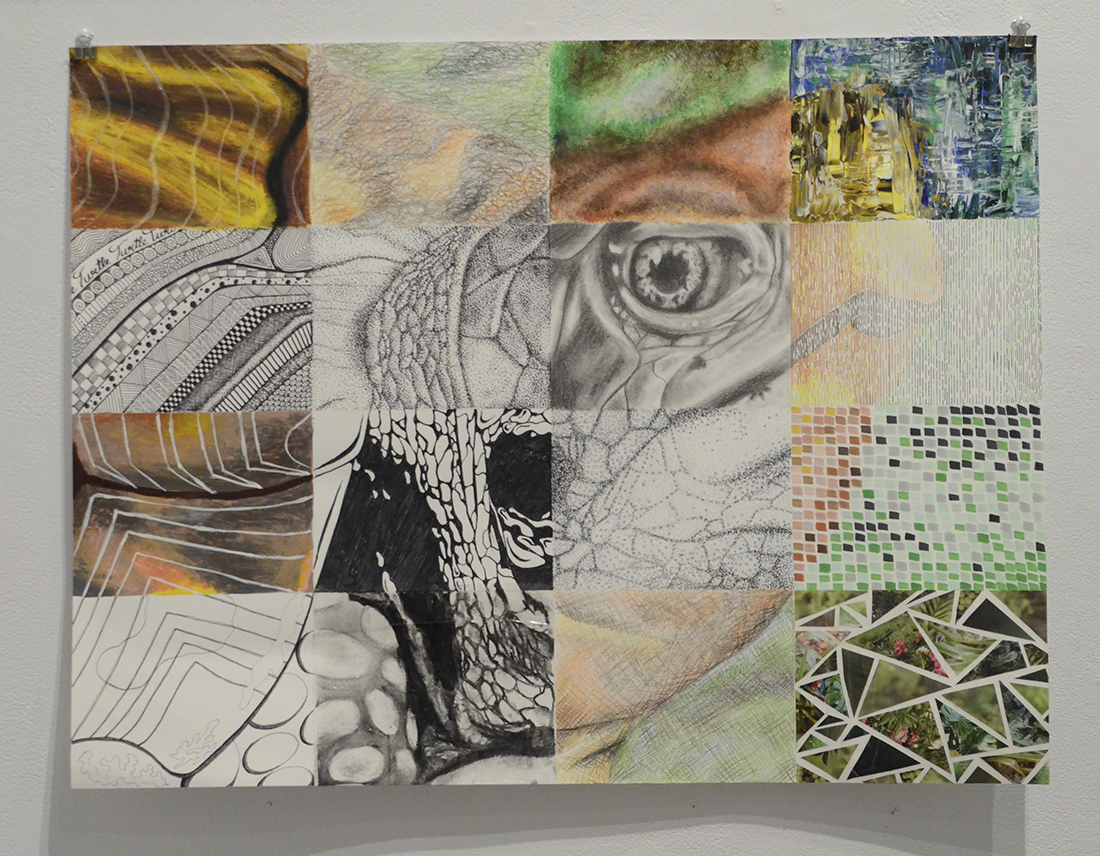 Foundations
Foundations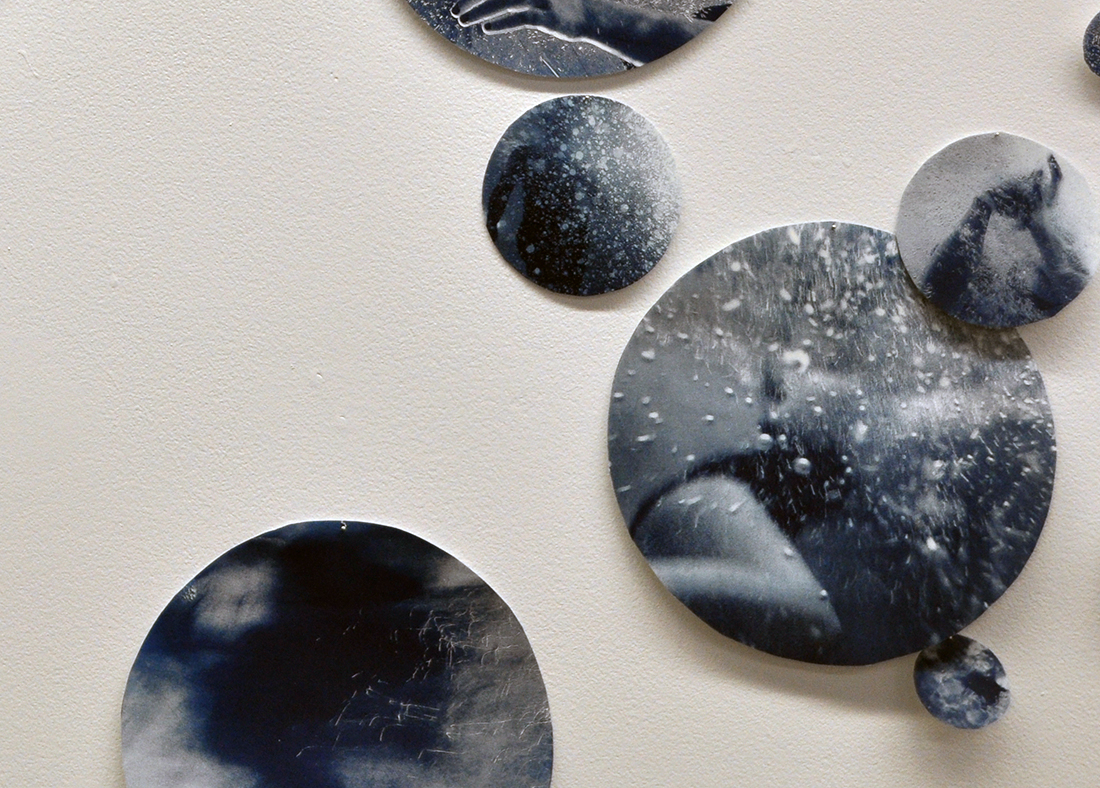 Printmaking
Printmaking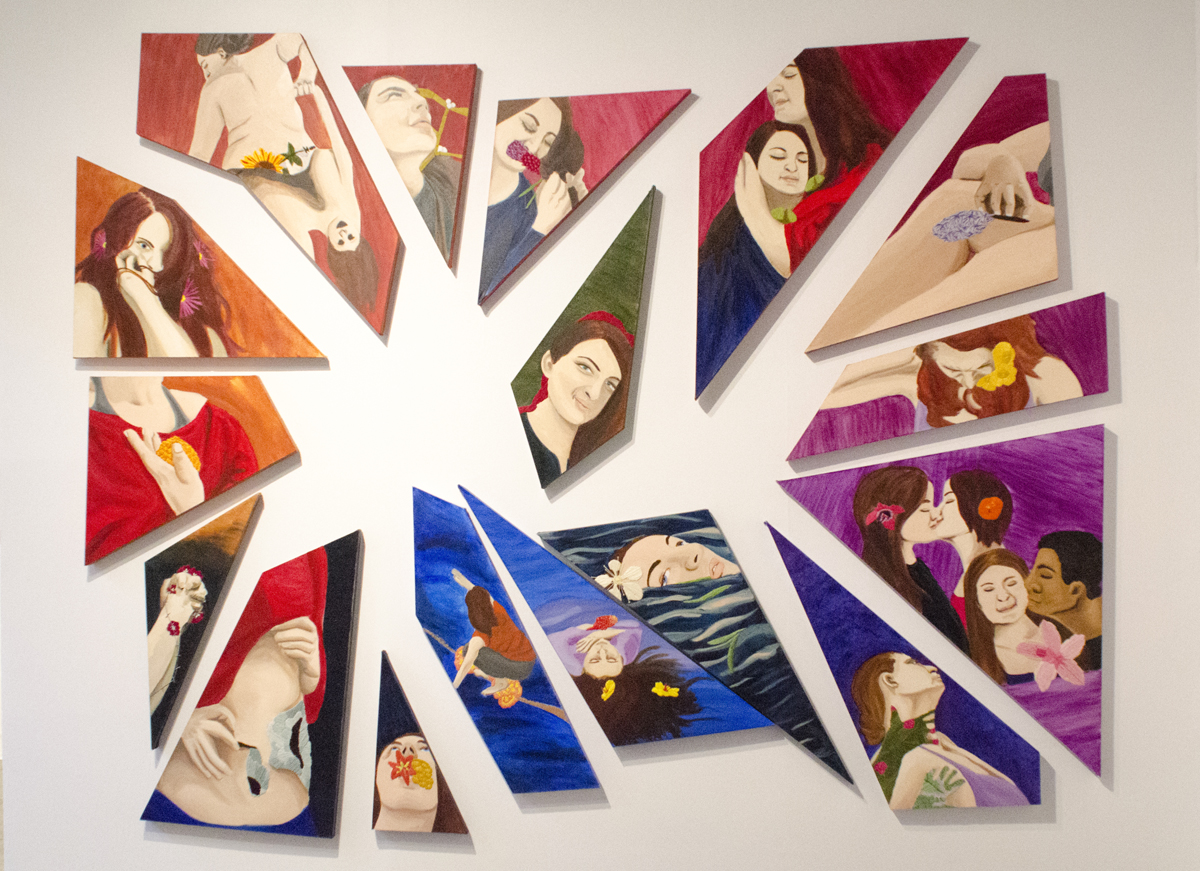 Painting / drawing
Painting / drawing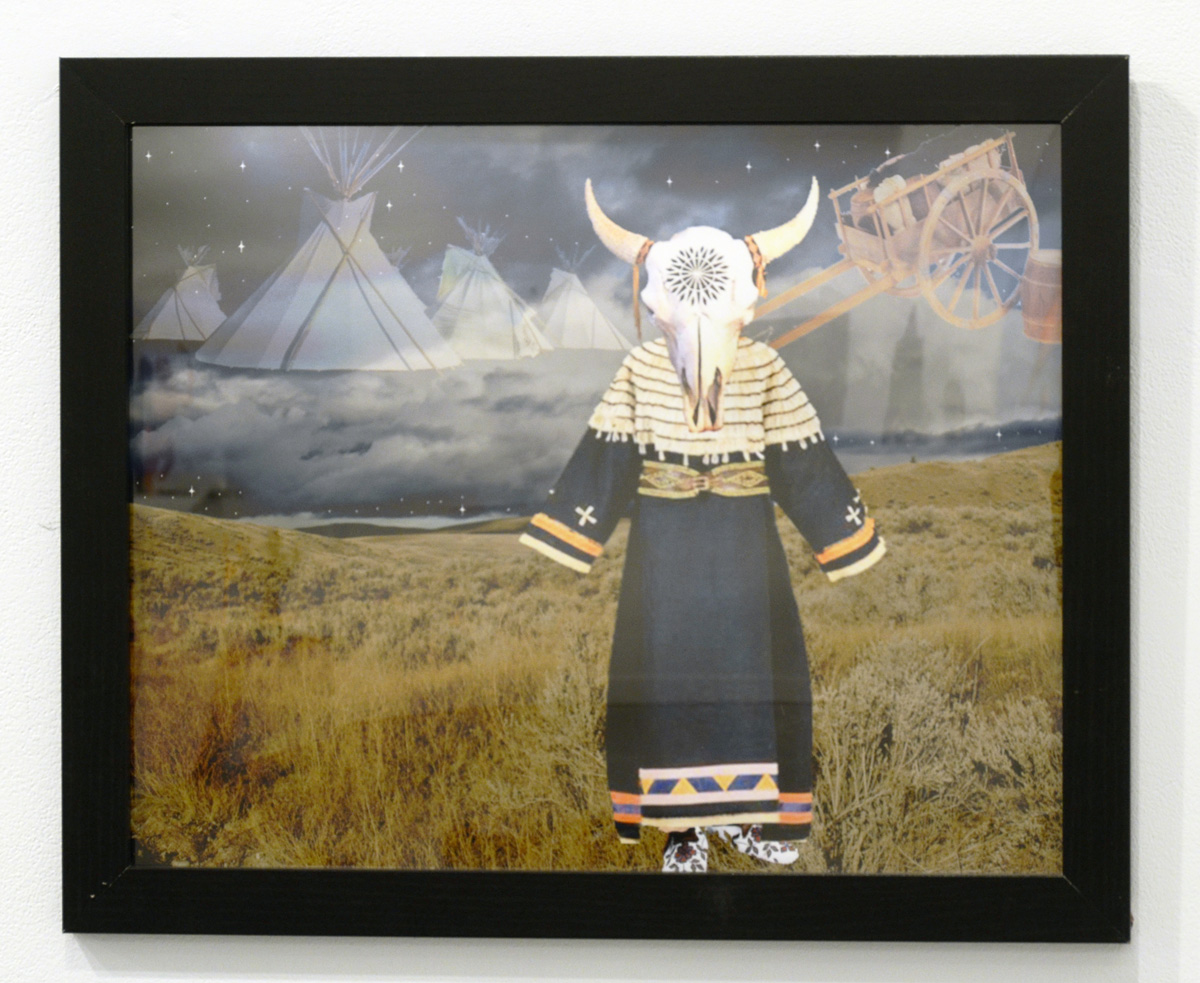 Photography
Photography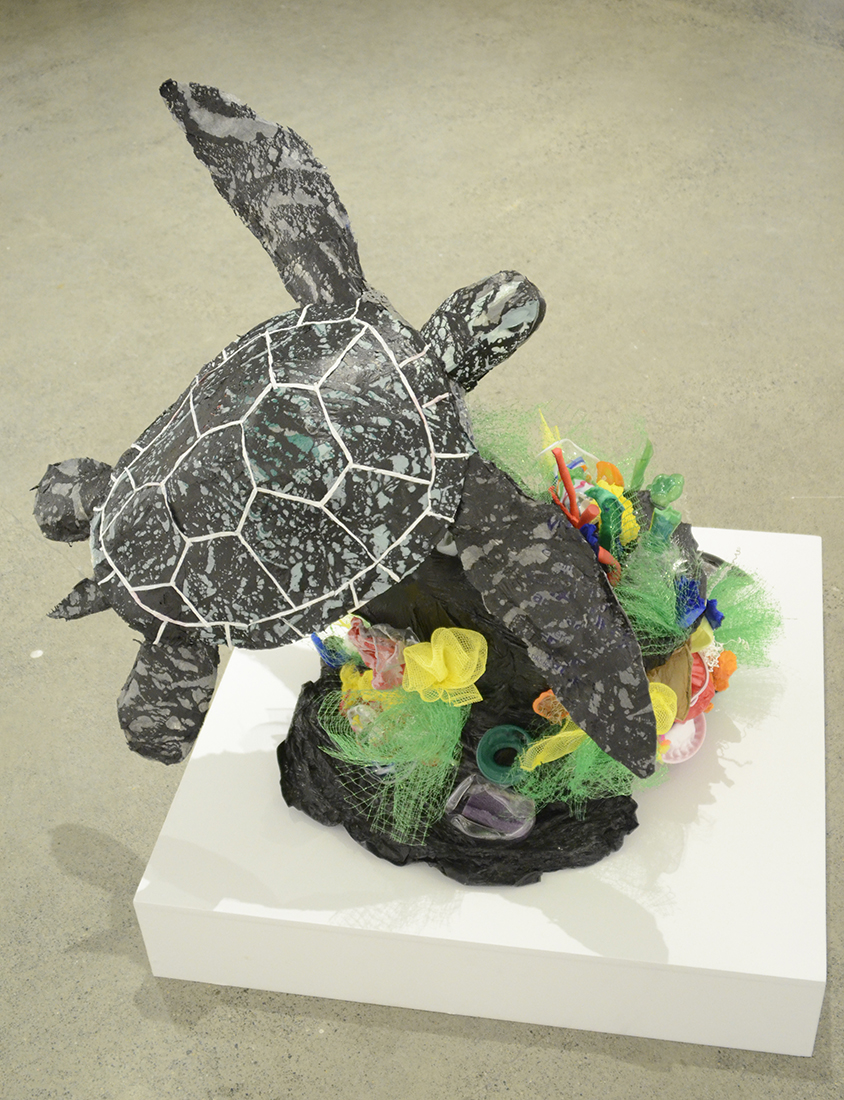 Sculpture / intermedia
Sculpture / intermedia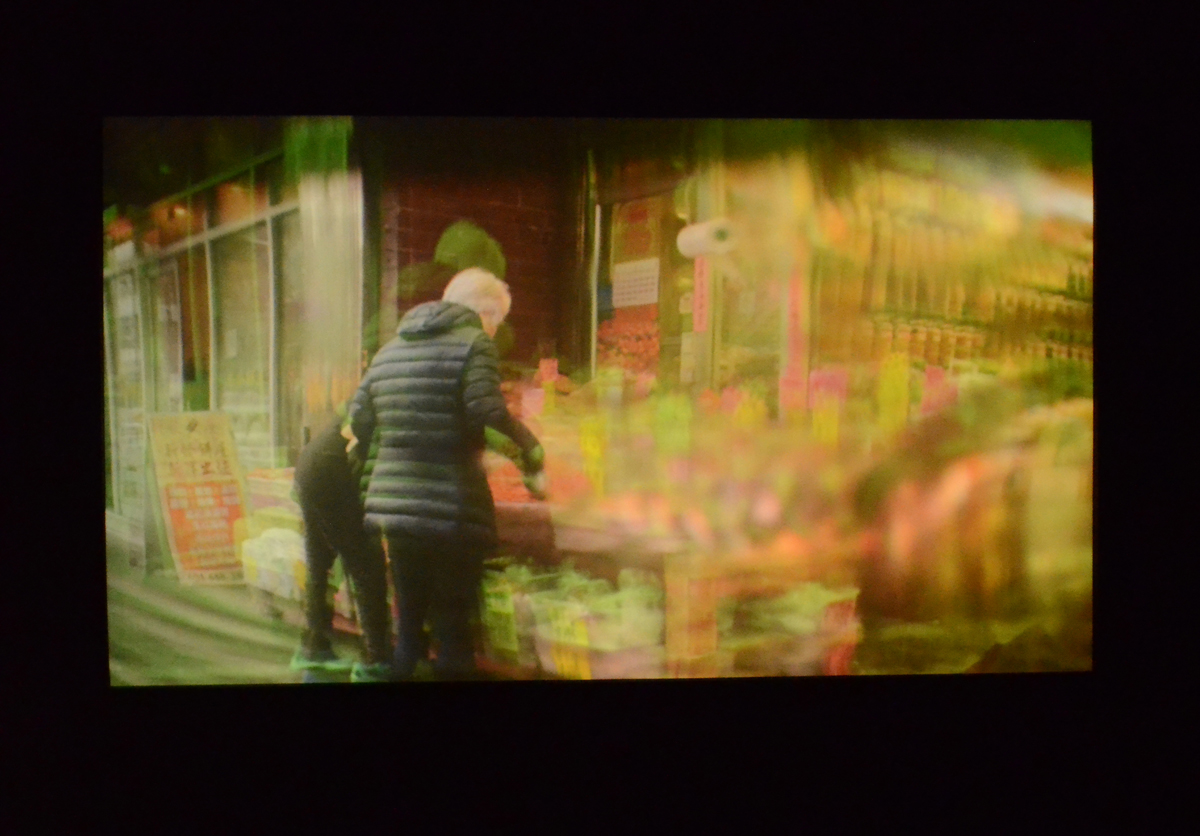 Student videos
Student videos